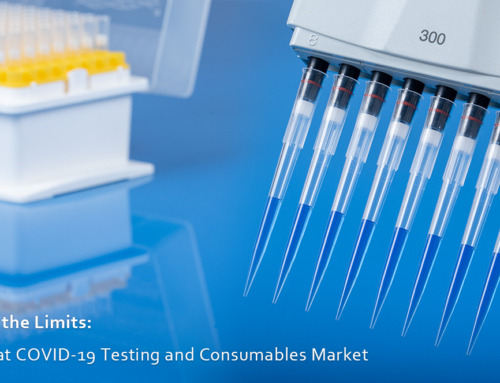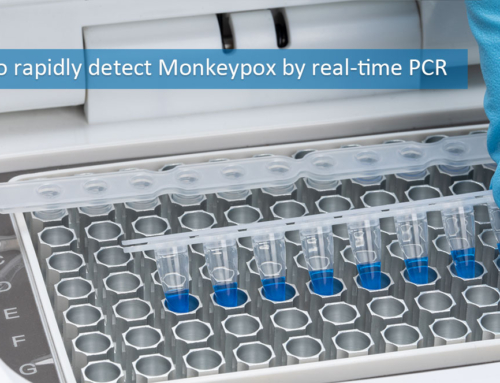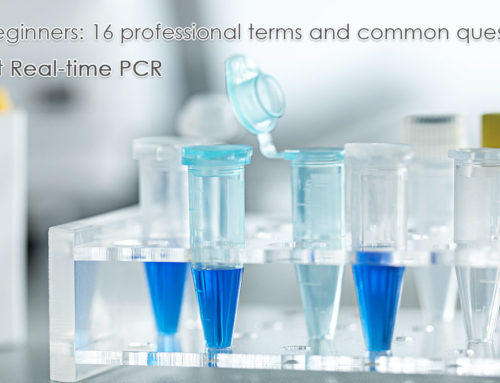A centrifuge is a piece of equipment that puts an object in rotation (spins it in a circle) around a fixed axis. This is done by applying a force perpendicular to the axis of the spin. This force can be extremely strong.
While different types of centrifuges exist, they all work on the same sedimentation principle.
How Do Different Types of Centrifuges Work?
In laboratories, centrifuges are used for separating two materials that have similar densities, or when insoluble particulates exist in a dissolved solution.
As mentioned, all types of centrifuges work on the sedimentation principle, where the acceleration of the rotor causes a centripetal force to act upon the rotor and centrifuge tubes. Due to this action, the denser substances in the tubes are forced to outward in a circular direction, while the lighter particles move towards the center.
Sometimes, several particles stick to the bottom of the centrifuge tubes. These particles are called pellets, and the clear solution is known as the supernatant.
Typically, a centrifuge is set to spin at a certain number of revolutions per minute (rpm) or rotational speed. However, two rotors can have the same rotational speed despite different diameters. The acceleration of such rotors will differ too due to the differing radii and angular momentums. The size of the rotor also has an impact. This is why, Relative Centrifugal Force (RCF) is the accepted standard unit.
These are the different types of centrifuges commonly used in laboratories.
1. Microcentrifuge
- As the name suggests, these are extremely compact in design and, therefore, have a smaller footprint that takes up little space on the workbench.
- These are apt for use with small tubes (up to 2.0 ml) and often find use in biological applications.
- Some of these come with a different rotor or rotor adaptors that can accommodate tubes of various sizes.
- These are used for holding pelleting nucleic acids, and for pelleting proteins from solutions as well as microfiltration of minor aqueous samples.
2. Refrigerated Centrifuges
- These are used for samples that need to be stored at a consistent temperature. It is important that these centrifuges function at maximum speeds while maintaining a steady temperature.
- The temperature range of refrigerated centrifuges is between -20 and -40 degrees Celsius, which makes them perfect for analyzing DNA, RNA, PCR, and antibodies.
- The compartments of refrigerated centrifuges are sealed as needed by the material.
- They can be found in varying configurations such as the swing bucket, fixed angle or both.
- Small and large capacity refrigerated centrifuges have different uses.
- They are typically used for gathering materials that sediment swiftly such as yeast cells, chloroplast, and more.
3. High-Speed Refrigerated Centrifuges
- Among the different types of centrifuges, these ones can produce substantial force for gathering cellular debris, micro-organisms, larger cell organelles, and proteins.
- High-speed refrigerated centrifuges come in an array of sizes and holding capacities.
4. Ultracentrifuges
- These centrifuges can generate acceleration of up to 1,000,000 g, which is extremely high.
- With ultracentrifuges, users can take advantage of the tiny differences between molecules such as proteins and nucleic acids for the separation.
There are two types of ultracentrifuges:
a. Preparative Ultracentrifuges
- These are most commonly used to separate particles on the basis of their densities, isolation of denser particles for pellet collection as well as clarifying suspensions that contain particles.
- They help isolate macromolecules and lipoprotein elements from plasma as well as perform de-protonisation of physiological fluids for studying amino acids.
- A preparative ultracentrifuge can be furnished with different types of rotors that spin numerous samples at different angles and speeds.
b. Analytical Ultracentrifuges
- These come with a light-based optical detection system, which enables real-time monitoring of samples as they spin.
- Users can actually see the sedimentation process. They can look at the sample as it concentrates with increasing centrifugal force.
- Some of the optical systems used for analysis include the light absorption system, the alternative Schlieren system, and the Rayleigh interferometric system.
Conclusion
While there are other types of centrifuges that are meant for use in large-scale industrial applications, and space and human applications, this post touches upon laboratory-oriented centrifuges. The above-mentioned information should help you gain an understanding of the different types of centrifuges used by lab technicians and scientists, and their intended purposes.





